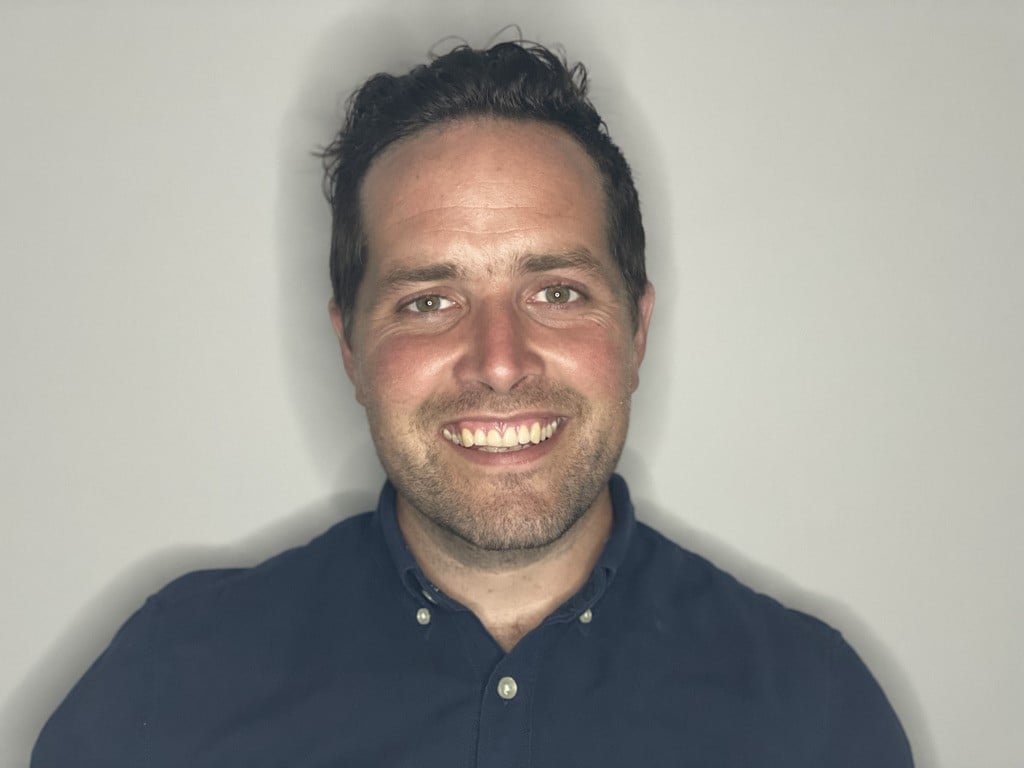Cùis-ghàire | Humour of a People and Place
February 9, 2024
Host: Margie Britton
Guests: Kate Beaton and Peter MacInnis
Is fheàirde duine gàire | A person is all the better for laughing
Host Margie Beaton invited two comedic master-crafters to talk about the particular flavour of humour that has grown in the people and place of Mabou, Cape Breton. Kate Beaton (“Katie” to the home crowd) and Peter MacInnis are, of course, widely renowned, as the accolades in their bio attest. But in this conversation they stressed how their humour is part of a rich sense of community and collective culture in their home of rural Cape Breton.
About Kate Beaton and Peter MacInnis
Kate Beaton is a cartoonist from Mabou, Unama’ki-Cape Breton. She is the New York Times bestselling, award-winning author of Hark! A Vagrant, Step Aside, Pops, and the picture books The Princess and the Pony and King Baby. She served as executive producer for Pinecone & Pony, an animated series for AppleTV+. Her most recent work is Ducks: Two Years in the Oilsands. Kate's work has won multiple Eisner, Doug Wright, Harvey and Ignatz awards in the field of comics. Ducks recently won Canada Reads 2023, was chosen as one of Barack Obama's favourite books of 2022, and landed on best of the year lists from Time, the New Yorker, the Washington Post, and the New York Times, among others.
Peter MacInnis is widely recognized as the creator and actor behind his popular, multi-character web series, ‘Cape Breton Chats.’ Since its inception, his comedic and theatrical journey has flourished, transitioning from local ads featuring his now beloved characters to starring roles in productions like the ‘Cape Breton Summertime Revue’ and collaborations with Cape Breton comedians Tracey & Martina. He has also graced the stage in performances such as ‘Sin Agad an Dòigh’ and ‘John Allan Cameron’s Last Show.’ Alongside his acting pursuits, Peter is a singer/songwriter with his band Beech Hill, crafting songs that reflect themes of love, life, and everyday characters. Nestled on a country farm in West Mabou with his wife Lisa and their three children, Peter also dedicates his time as an elementary music teacher in both Port Hood and Whycocomagh.
What we heard
A people and place
Family and familiarity is everywhere in Mabou, quite literally. When describing a visit from a New York Magazine journalist after the release of her award-winning book Ducks, Katie recalled how “I couldn’t take her anywhere without one of my cousins walking out of a door and being like ‘hullo’! Finally [the journalist] said, ‘Is there somewhere we can go and talk where maybe there are, like, no relatives?’” So Katie took her into the woods!
But these are also the relationships and dynamics that create the collective sense of humour which feed both Katie’s and Peter’s work. They talked of how their comedic self-expression started within their families, albeit in slightly different ways. Peter’s mother Margie is a fountain of funny stories and is well-known for dressing in wild costumes for local parades. He described his maternal family’s humour as almost competitive; they made it a game to see who can come up with the craziest pun. The top prize was to make the funny people laugh. The characters in his widely beloved sketch series “Cape Breton Chats” grew from listening to local farmers and fishermen, including his own cousins, and exaggerating their mannerisms to try to make his family laugh.
Katie’s family’s humour is a little more understated although they share the same love of a good story. Katie remembers their grumbling but good-natured tolerance of her constant drawings of them in the early years of her career: “Katie, your goddam cartoons!” She also remembers being at her grandparents’ house, the adults all gathered in the kitchen with their tea and dileag, telling stories: “You’re remembering the story and you’re like ‘I’m gonna tell this story!’ … They’ve said the story so many times it’s like this little tiny perfect gem and you’re like, ‘Yeah I’m gonna tell this story and it’s going to be funny just like they were.’” She says she can still picture them, seated in a circle around the room, the men with one ankle resting on the other knee, leaning back in their seats and laughing.
Outside eyes
Sometimes you have to leave a place and look again from a distance to notice certain details of its landscape. For Peter, it was only when he returned from working for a spell in England that it really hit him that people in his community have a particular accent and unique mannerisms, and how significant this was to the humour of the place. He came to appreciate the local Freshmart as a hub of characters and entertaining interactions and would make a point of bringing visiting friends there so they could experience its charm for themselves.
Then again, you may be travelling and run into someone from home who is as much of the place as the earth itself. Katie recalled a story of her sister who was working a more corporate job out west at the time and was flying home to Cape Breton for a visit. A fellow Mabou-er got on the flight and, seeing her, shouted out with unself-conscious exuberance, “Lorraine, you all fired up to go home or what?!”
“They’re people that you love and that you know so well”
As Margie notes, both Peter and Katie have an exceptional ability to “catch” people, whether through character acting or cartoons. The three spoke of how the familiarity of generation upon generation growing up together creates an intimate knowing that allows people to mimic each other with impressive and often hilarious accuracy. Peter admitted that sometimes he has “a hard time, when I’m talking to someone, really listening to what they are saying because my brain is ‘downloading’ them.’” He said he’d see an idiosyncrasy and practice it afterwards. Katie added that a person might spend an hour in church looking at the back of another person’s head, a practice of paying attention which has translated so clearly into her evocative drawings.
There might be an element of this kind of humour that seems “exclusive” and hard for outsiders to understand, but as Katie observes, “People are making jokes for each other, for ourselves.” They are not usually thinking about how to perform to or entertain a wider audience. It is a humour rooted in a Gaelic sensibility, shaped during a time when communities were fairly self-sufficient in both resources and entertainment. So many humorous Gaelic songs, for example, are people talking about neighbours and funny events that happen in the community. Katie quoted the example of “Òran an Telephone,” a song made by Hugh F. MacKenzie to commemorate the coming of the telephone to Barra Glen (words and translation available in the book Mar a b’àbhaist ’s a ghleann edited by Kim Els).
Humour has long been a mediator of social relations and a means by which community values are established and maintained. As Katie pointed out, “If you were known to be really sharp or really witty that’s better than being the richest person in town...People will be like, ‘I respect that person.’” Humour keeps people on the level: “If someone came around with a fat head they’d be at the bottom of the pile no matter what they did! If Obama came around here and put on airs people would be like, ‘I didn’t like him.’” Katie told a story of a Mabou fella who, indicating the cows heading out to the fields, mildly boasted that he had the nicest cows on Mabou Ridge, to which a local wit, Angus Joe, replied, “Well, if you do, you should let them out too.” Katie mimicked perfectly the dry, slow, understated delivery.
Connecting the generations
Both Katie and Peter have lived away but have chosen to return to make their homes in Mabou and raise families there. They feel deeply connected to the generations who have come before them and hope to pass on this sense of belonging to their children.
Katie spoke of the idea of legacy: “It’s a point of pride for me now that people will still stop me and say, ‘Here’s a funny thing your grandfather said 20 years ago….’ The legacy of being a funny person…it kind of sticks around … [and ] I feel a connection to my family, to my own history when things come up.”
Another time, someone came up to Katie and told her a story about something that happened 100 years ago involving one of her relatives: “It was the first bank in Mabou, and there was this Beaton fellow who went in and he had never been in a bank before so he didn’t know what it was. And so he came in and was looking around like, ‘this is interesting’—he thought it was a store. Like, ‘What do you sell here?’ So the guy working at the bank was disgusted, he was like, ‘We sell fools’. Like, you idiot. And so this Beaton fellow (I forget his first name), he was like, ‘You’re doing great, this is good business—you only have one left!’”
Peter noted that some folk lament the passing of renowned wits and their particular humour, but he was quick to reassure us that the schools where he works are full of “characters” and he believes the tradition of local quips and funny stories are in good hands. Humour continues to carry us through good times and bad, and both Katie and Peter commented on how the institution of the “wake” holds that delicate juxtaposition of grief and humour with particular potency. When one of Katie’s died, it was the worst thing to ever happen to the family. But she also remembers a neighbour, a very elderly gentleman who had seen so many come and go in his time, coming up to her in the line. Everyone before him had extended their hand and said, “So sorry for your loss.” He shook her hand with warm sympathy and then… “Which one of you has died?” Katie recalls, “It was the only time I laughed in the whole day!”
The wake is a kind of céilidh in itself, a place of community and catharsis, where you see people you might not have seen in a long time and hear stories that have laid dormant for decades. Peter voiced what many of us probably feel: “I hate to say this, it sounds terrible out loud, but I do enjoy a wake!” There is a nourishment to it, which Frances MacEachen will be exploring more in the final session of this season.
Back among the familiar contours and characters of their community, Katie and Peter are in the busiest years of work and parenting, but still making time for fun. When people ask Katie why she doesn’t live in Toronto or New York, she replies, “I feel more myself here at home than I do anywhere else, I’m a version of myself that feels more authentic…it’s not just me, it’s me inside my community.” As if on cue, Margie’s email pinged loudly at that moment, interrupting the poignancy and bringing us back to earth in a spontaneous fit of laughter. “Sorry, Katie,” she styled, “that was the wrong answer!”
What we said
After listening to the conversation, discussing what we’d heard in the breakout rooms, and then returning to the main room, we shared our reflections in the chat. Below is a sample of our comments. Read the full transcript here, along with more resources and links.
Leaving with the image of the kitchen, filled with lots of love, family, friends, tons of teasing...
Iomhaigh de shneachd…. Kitchen parties and tea, storytelling. People that can tell stories for hours and see humor in just about anything. Trying to see that more myself. There’s no shame in laughing when things are bad.
Lively story-telling is part of where I've come from...the gifts of humour and mimicking is a part of being a good story-teller!
Humour and laughter come out when people feel safe and at ease, I think it’s a good sign
Funny things are all around us - keep watch for them
Local humor is easy to take for granted but such a big part of belonging
I can relate to the stories and humor of the memories discussed. It brought back to me many stories that I had forgotten.
Miss the older people being so funny, that you would laugh until your sides were sore



